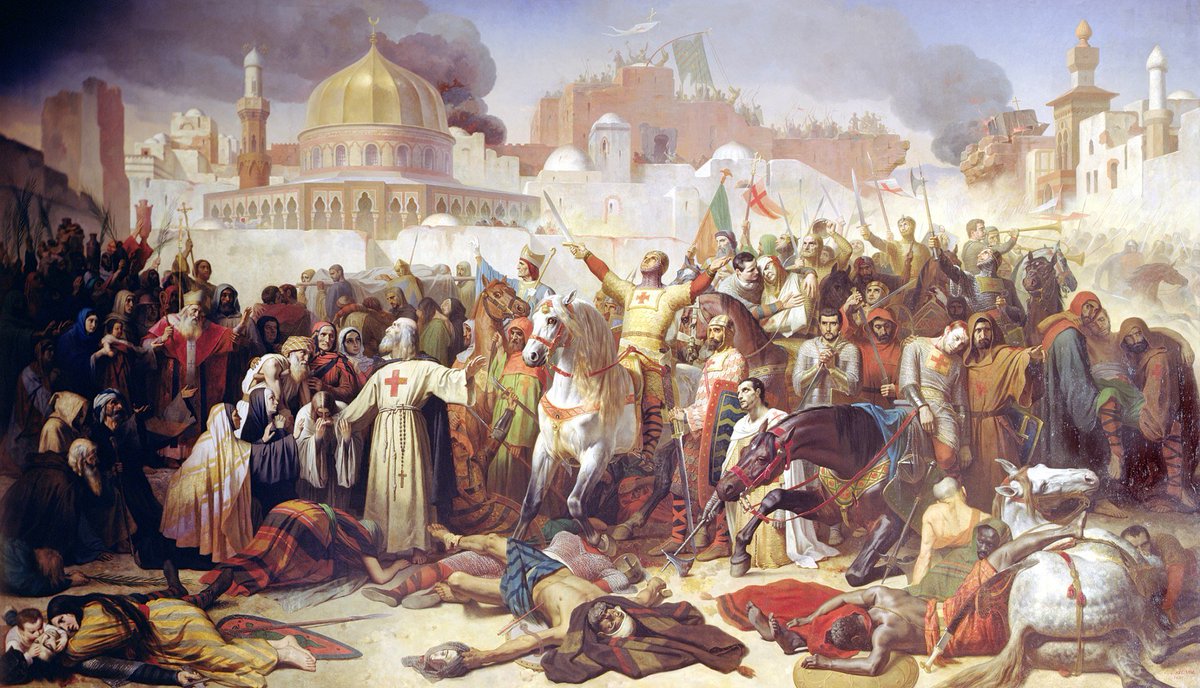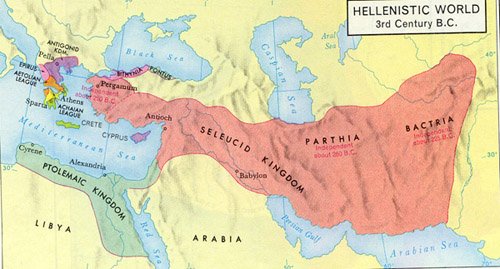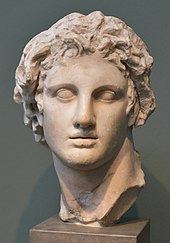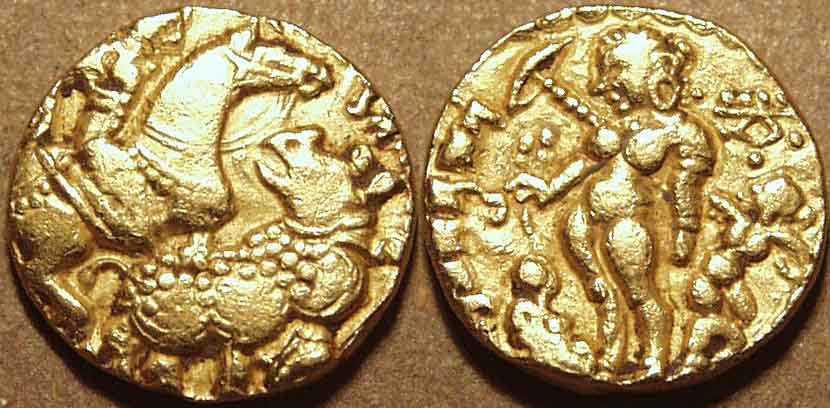
Capture of Jerusalem by Crusaders
On 15 July 1099, the Crusaders captured Jerusalem from the Fatimid Caliphate, and thus brought an end to the first crusade.
On 15 July 1099, the Crusaders captured Jerusalem from the Fatimid Caliphate, and thus brought an end to the first crusade.

In June 1099 AD, the Crusaders reached Jerusalem.
For them, it was like reaching the 'Promised Land', after three years of struggles.
Many soldiers wept at seeing the city and others prostrated themselves before the city where Jesus Christ had been crucified.

For them, it was like reaching the 'Promised Land', after three years of struggles.
Many soldiers wept at seeing the city and others prostrated themselves before the city where Jesus Christ had been crucified.


Jerusalem was a difficult city to besiege.
It was a large city with a garrison of at least 5,000 soldiers, including some light cavalry, and it's walls were 50 feet high .
The crusaders needed wood to make siege towers and ladders in order to enter the city.
It was a large city with a garrison of at least 5,000 soldiers, including some light cavalry, and it's walls were 50 feet high .
The crusaders needed wood to make siege towers and ladders in order to enter the city.
The Fatimid governor of Jerusalem, Iftikhar-al-Dawla, knew of the Crusader advance towards Jerusalem, and had taken proper measures to safeguard the city.
He poisoned all the wells of road leading towards Jerusalem, and cut down all trees along the path.
He poisoned all the wells of road leading towards Jerusalem, and cut down all trees along the path.

In addition, he had expelled all the Christians from the city.
On June 7, Christians made an attack on the city, but it failed miserably as they had only one ladder.
They needed wood, but the countryside was a desolate waste-land.
They needed a miracle!
On June 7, Christians made an attack on the city, but it failed miserably as they had only one ladder.
They needed wood, but the countryside was a desolate waste-land.
They needed a miracle!
Some Genoese shops docked at Jaffa and bought building materials, in addition they found 400 pieces of timber in a hole on the ground!
It seemed, God was helping the crusaders.
It seemed, God was helping the crusaders.
The wood, thus found, was enough to make two 50 feet high siege-towers, battering rams and scalling ladders to assualt the city. 

On July 7, 1099 AD, a pilgrim had a dream of Adhemar Le Puy, the Pope's legate, who died of dysentery at Antioch.
As per the pilgrim, Le Puoy, admonished the Crusader leaders in his dream and ordered a bare-foot procession of Crusaders around the city, after a fast of 3 days.
As per the pilgrim, Le Puoy, admonished the Crusader leaders in his dream and ordered a bare-foot procession of Crusaders around the city, after a fast of 3 days.

At this point the crusaders were starving, but still observed the three day fast and took a procession around the city, with Muslim defenders laughing and throwing curses at them.
The city was too large and Crusaders had 12,000 infantry and 1300 knights.
They divided their forces with Godfrey of Bouillion, Robert of Flanders & Tancred besieged the north gate, while Raymond of Toulouse had positioned himself on the southern gate.
They divided their forces with Godfrey of Bouillion, Robert of Flanders & Tancred besieged the north gate, while Raymond of Toulouse had positioned himself on the southern gate.

The position held by Raymond came under severe attack and his siege tower was destroyed by the Muslims.
In the north, Godfrey had difficulty, for the Muslim defenders gave their all in order to defend their city.
Hence, Godfrey decided upon a change of plans.
In the north, Godfrey had difficulty, for the Muslim defenders gave their all in order to defend their city.
Hence, Godfrey decided upon a change of plans.
He found a weak spot in Muslim defence, but it was 1.5 miles from his position, where the walls were lightly guarded.
He had the remaining siege tower, moved towards the position where the walls were lightly guarded.
He had the remaining siege tower, moved towards the position where the walls were lightly guarded.

An eyewitness to the siege named Raymond of Achea writes that " Godfrey moved to a position between Church of the blessed Stephen and the valley of Josephat".
Image of the wall from where Godfrey broke into Jerusalem
Image of the wall from where Godfrey broke into Jerusalem

The Muslims mounted a spirited defence of the walls and once there was a fire on the tower.
Seeing this, Godfrey made a make-shift bridge and from there, the Christians poured into the city.
The Muslim defenders ran for their lives.
What happened next is a stuff of legends.
Seeing this, Godfrey made a make-shift bridge and from there, the Christians poured into the city.
The Muslim defenders ran for their lives.
What happened next is a stuff of legends.

" We chased the Saracens, and killing them all the way upto Solomon's temple. Before long its walls were streaming with blood."
"We killed both women and children, cutting off their heads without mercy."
"We killed both women and children, cutting off their heads without mercy."

"The surviving Saracens dragged the dead bodies outside the city gates and burnt them into a pyre as high as the pyramids, and no one knew how many they were."
" Nobody has seen or heard such slaughter of pagans, except God."
-- Fulcher of Chartres
" Nobody has seen or heard such slaughter of pagans, except God."
-- Fulcher of Chartres
Around 30,000 inhabitants of Jerusalem were massacred by the Crusaders between July 15-17th 1099 AD.
The Crusaders walked into a city where the blood was touching upto their ankles.
The Crusaders walked into a city where the blood was touching upto their ankles.

After 400 years of Muslim domination, Jerusalem was back into Christian lands.
Godfrey of Bouillon was elected as the king of Jerusalem, but he fittingly decided not to christen himself a 'King' at the city where Jesus had died.
Godfrey of Bouillon was elected as the king of Jerusalem, but he fittingly decided not to christen himself a 'King' at the city where Jesus had died.

Godfrey died one year later. His brother, Baldwin became the king of Jerusalem.
The kingdom of Jerusalem existed till 1187 AD, when it was re-conquered by the forces of Saladin.
Image of sword of Duke Godfrey of Bouillon.
The kingdom of Jerusalem existed till 1187 AD, when it was re-conquered by the forces of Saladin.
Image of sword of Duke Godfrey of Bouillon.

Jerusalem is now the capital of Israel, but it still has a troubled past and a more troubled future.
The Holy Land has been a battle-field for three great religions of the world, where hundreds of thousands have died, in the course of last 1000 years, fighting for their 'God'.
The Holy Land has been a battle-field for three great religions of the world, where hundreds of thousands have died, in the course of last 1000 years, fighting for their 'God'.
One just hopes that better sense prevails and one day, peace and prosperity comes back to the Holy Land.
End
End

@threadreaderapp , compile
Post Script: An illustration of the tomb of Godfrey of Bouillion, at the Church of the Holy Sepulchre, Jerusalem. 

• • •
Missing some Tweet in this thread? You can try to
force a refresh

















